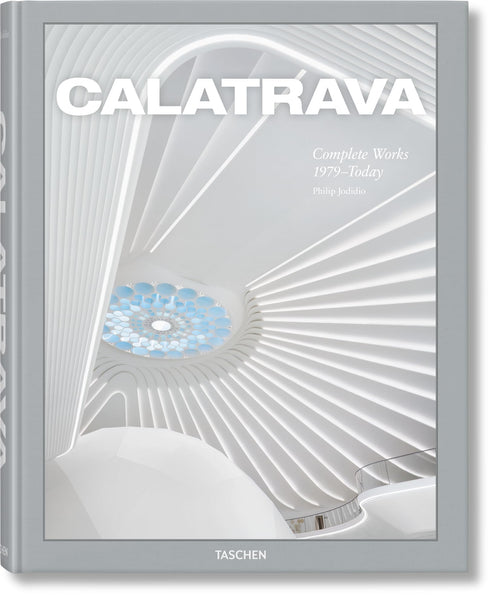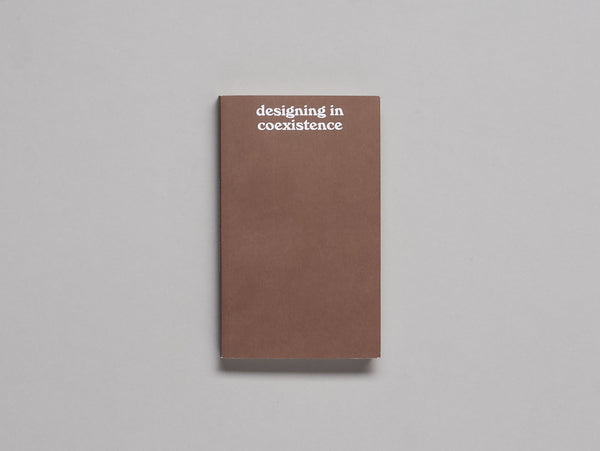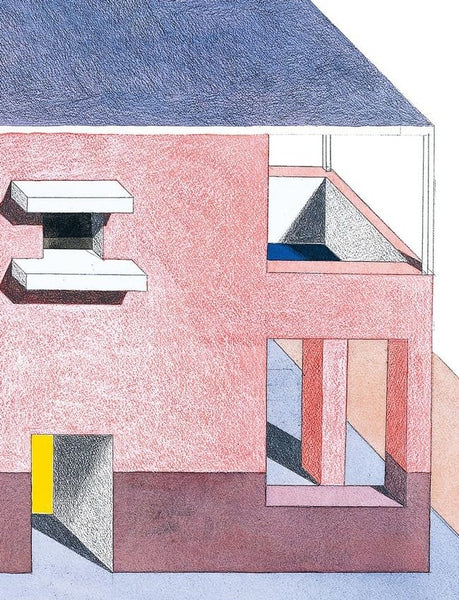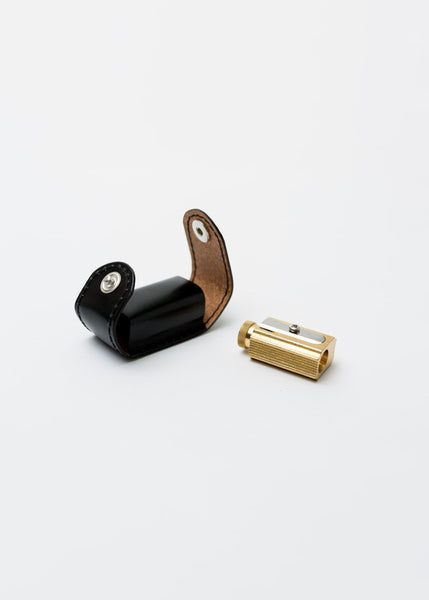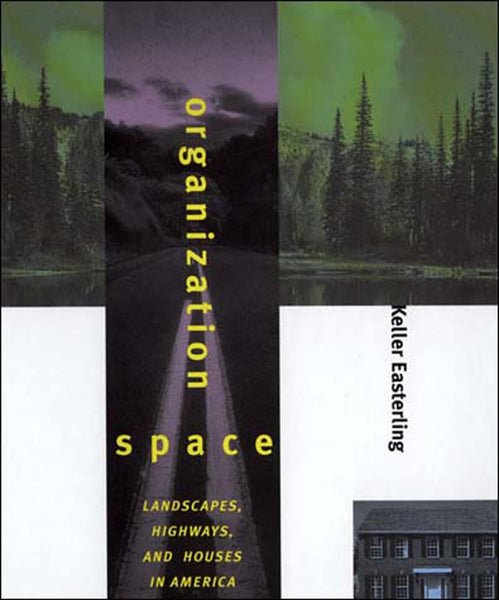

Crestwood Hills: The Chronicle of a Modern Utopia
Crestwood Hills: The Chronicle of a Modern Utopia
$35.00
Buckner, Cory
Angel City Press, 2015
SKU: S03170
This is the fascinating story of people and mid-century modern architecture, merging and prevailing to create a neighborhood in Los Angeles. Their Crestwood Hills is like no other place in the vast metropolis--its history is the result of the singular optimism that defined Southern California in the post-World War II era. A handful of the region’s optimists banded together to form a cooperative intent on building a utopian community. And they did.
Quite near where the famed Getty Museum stands today, on a dusty hillside above Brentwood, California, the Mutual Housing Association (MHA) broke ground for its residential dream on October 5, 1947. The development of its 800 acres demanded the single largest land excavation in Southern California until the construction of the 405 freeway. But this was no road project, dam, or reservoir: they were carving out a place to live, and, unbeknownst to them, a legend.
Author Buckner follows the MHA as it purchased the land, designed and built houses for its members, and faced mounting difficulties establishing a truly communal community. The association selected architects A. Quincy Jones and Whitney R. Smith, and structural engineer Edgardo Contini, all steeped in the ethos of Southern California modernist architecture. They provided a selection of more than twenty innovative and beautiful designs for the members to choose from. But idealism met the harsh realities of land development. The first two contractors went broke; many members were left on their own to design and construct their own houses. Ambitious plans for a cooperative utopia began to fade.
But optimism, creativity, and intellect trounced obstacles. Buckner shares the dramatic ups and downs of Crestwood Hills as it made its way to becoming the only successful large-scale modern housing cooperative in the West. The members’ experience with cooperatives in Canada and the US, their social idealism, and the charismatic leadership of the founders add color to a compelling narrative of progressive politics, social Utopianism, and the tough lobbying that enabled the group to successfully navigate the requirements of the neighborhood, the City, and the Federal Housing Authority.
Buckner provides more than 200 vintage and contemporary images, documenting homes as they were in the beginning, complete with floor plans, and today, as the homes have evolved and become local landmarks. The book is a tribute to mid-century architecture, showing how the community learned lessons from Los Angeles’s legendary Case Study Houses program and created a vibrant community where families could live their Modern dream.
176pp, Image, PB.









